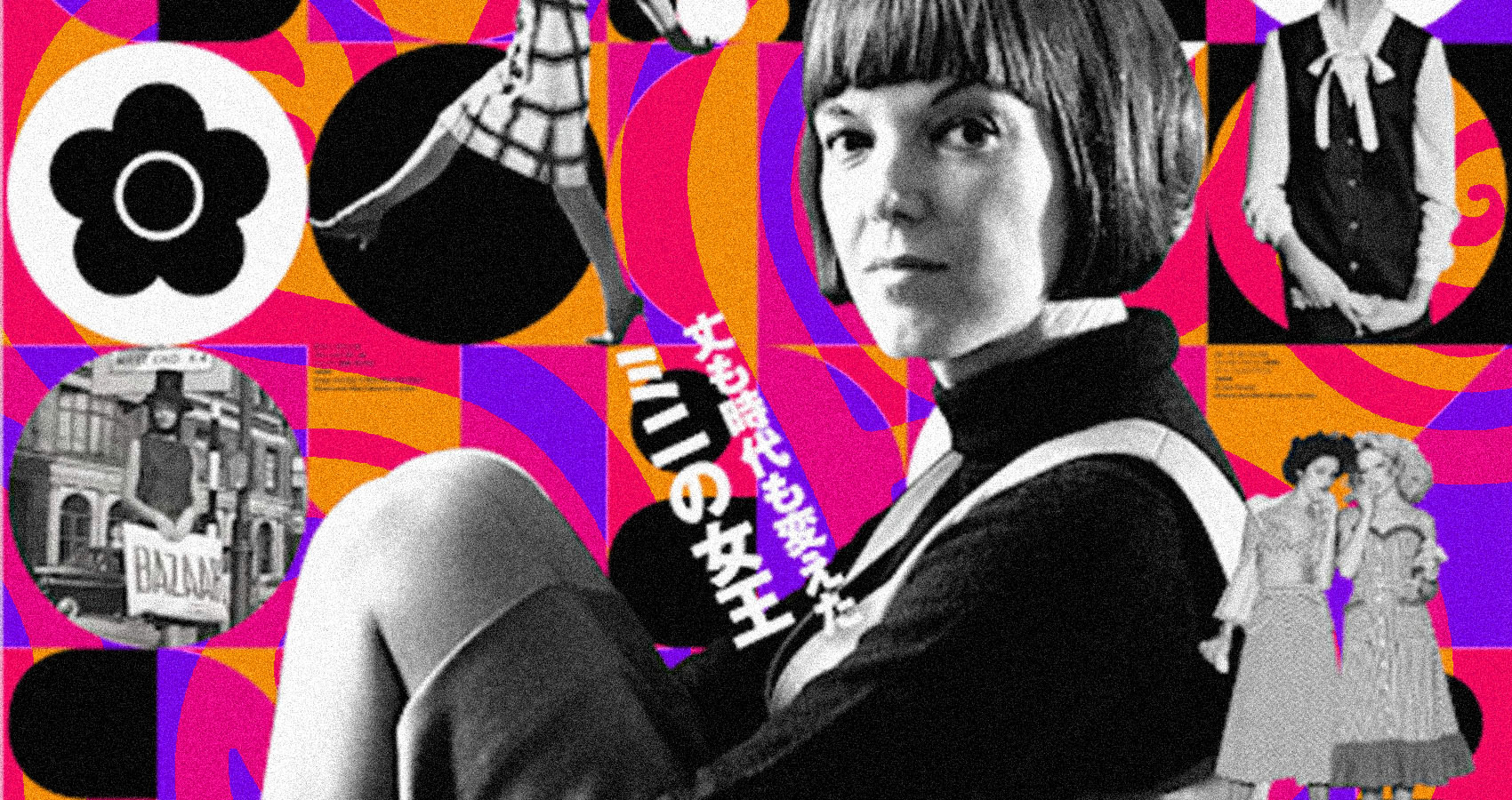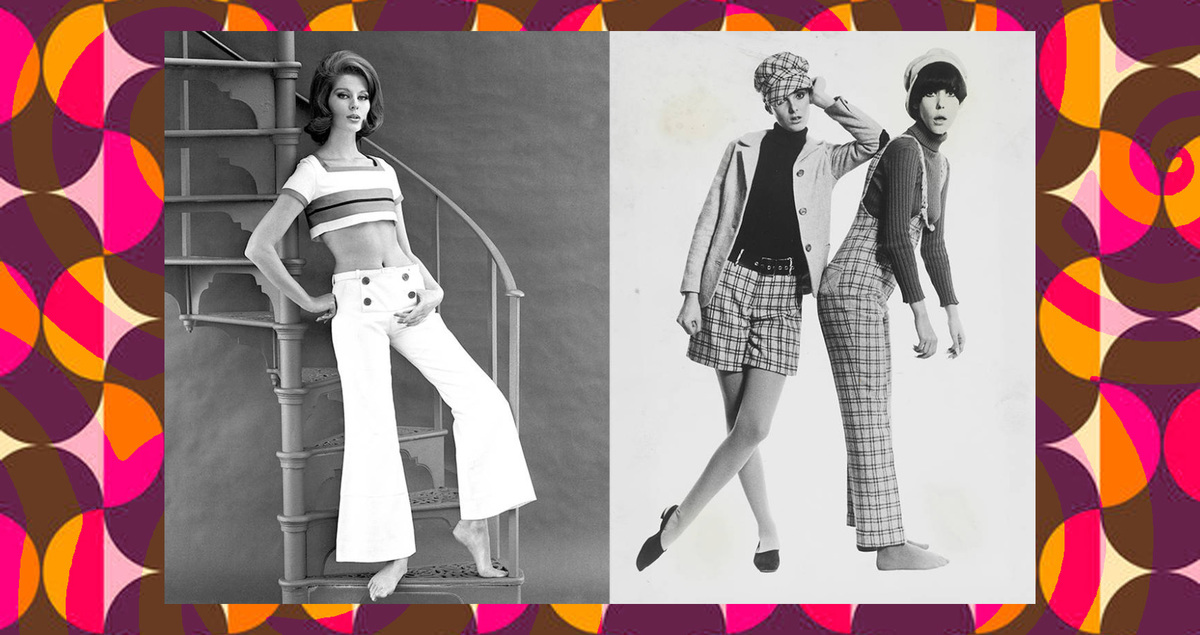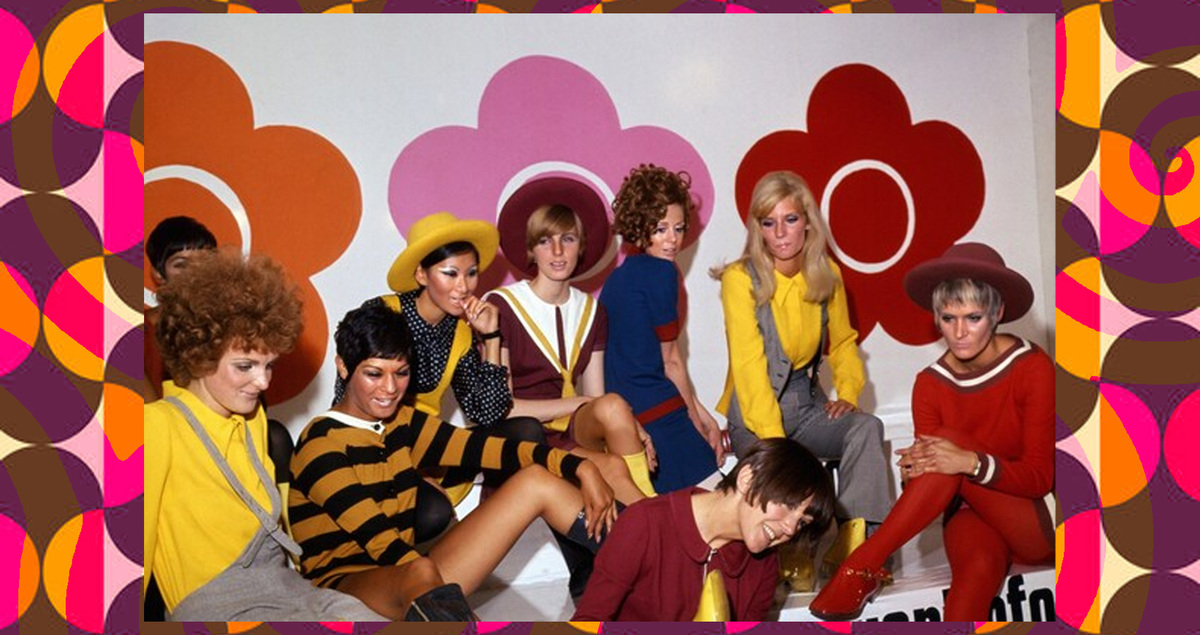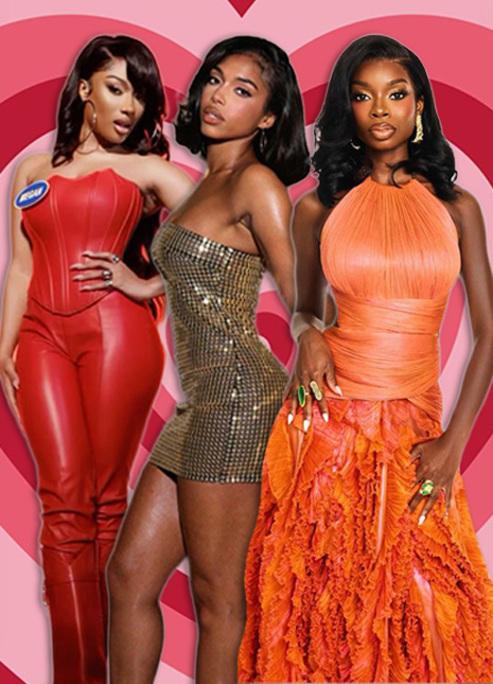
Mary Quant: Beyond the Miniskirt – The Revolutionary Trousers That Changed Fashion
Her forgotten fight of appropriating masculine dress.
Mary Quant: Dame, winner of the Minerva Medal, and fashion revolutionary. The legendary fashion designer of the 1960s is renowned for bringing the mini skirt into the public eye, but her genius expands below the upper thigh. Quant also created homeware, cosmetics, a car, and most revolutionarily, trousers.
The Subversion of the Trouser

Historically, trousers have always been declared a ‘male’ garment, increasingly worn by women during the Second World War; this was because of their practicality, paramount as women entered the workforce. Trousers and jeans were worn by women in 1955 – the year Quant opened her boutique– but mostly reserved for alternative crowds. Other than that, they were worn casually or in private.
Androgynous Sillhouettes

While Quant began creating trousers that adhered to these mainstream needs, such as her spotty pyjama-style trousers, she soon moved into more androgynous fields. From the early to mid-sixties, her collection featured breeches, knickerbockers, and dungarees. Her fashion rebellion surmounted with sharper masculine silhouettes: evident in the rare pair of trousers called ‘Legs Downwards’ which survive in her own archive.
These are made from worsted wool, featuring an ‘Alexander stripe’ and a low waistline. In this way, they combine contemporary men’s tailoring and Quant’s self-proclaimed ‘cowboy style’. This was a stark departure from the narrow femininity expected of post-war women.
Despite the inspiration from male fashion, Quant’s trousers were made for women. They were stylish but practical, functional, and forward-thinking. She was often photographed in these masculine styles to help normalise and popularise them.
A Legacy of Choice

Additionally, designing these more modest pieces with gender-neutral silhouettes contemporaneously to the hot pants and miniskirts she is renowned for, it is clear that, for Quant, fashion was about giving women a choice. Despite the trousers being less associated with her brand, they provided a useful alternative for those not comfortable with the radical minuteness of her skirts. This is not to say that the trousers were not, themselves, radical: Quant used them as a tool for gender subversion.
In a moment of popular obsession with retro archives, as well as a push towards wider available fashion choice (in terms of gender expression and modesty), Quant’s cultural legacy feels especially relevant. Her designs offer an example of radical practicality – she wasn’t trying to shock, merely liberate.
Trousers may no longer raise eyebrows, but in Quant’s hands, they were never just about comfort – they were about control, confidence, and choice.











